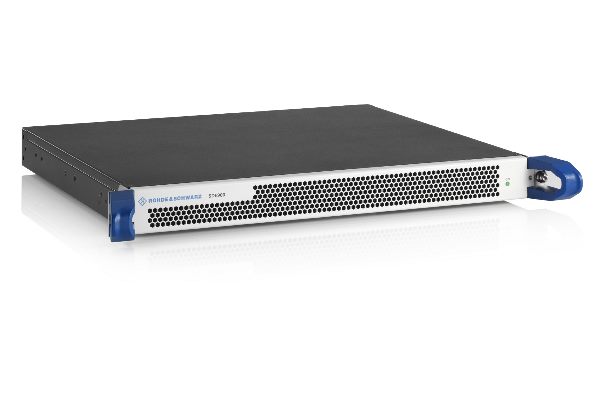Rohde & Schwarz has developed the world’s first IT server-based exciter solution for ATSC 3.0 broadcasts – the R&S SDE900. It provides broadcasters with an easy upgrade path for existing transmitters, such as the R&S THU9 and R&S THU9evo high-power transmitters from Rohde & Schwarz, to ATSC 3.0 and future standards. The R&S ATSC 3.0 solution will be demonstrated in the R&S booth SL1205 at NAB 2017, running from April 22-27 in Las Vegas.
When developing the new ATSC 3.0 broadcast standard, the focus was on IP technologies that could provide broadcast network operators more flexibility in their service offerings. Rohde & Schwarz looked for new ways to implement the standard. The result is the R&S SDE900, a plug-in rack-mount module for the R&S Tx9 generation of energy-efficient transmitters, making it an easy upgrade path to the ATSC 3.0 standard. The R&S SDE900’s software-based encoder generates the I/Q modulation data on its high-performance IT server. The field-proven R&S TCE900/TCE901 exciter from Rohde & Schwarz generates the COFDM waveform based upon the I/Q data.
“The R&S SDE900’s software-based approach ideally prepares network operators for the ATSC 3.0 standard,” said Manfred Reitmeier, Senior Director of R&D Transmitter Systems, Rohde & Schwarz. “This high-performance IT server-based solution enables network operators to flexibly respond to signal processing requirements of the future. And our R&S TCE900 exciter offers the most powerful precorrection on the market with the high level of signal quality expected from Rohde & Schwarz.”
The R&S SDE900 will initially be available for high-power transmitters. These transmitters were part of the world’s first broadcast in the ATSC 3.0 UHD standard when Seoul Broadcasting System in South Korea used the R&S THU9 to broadcast the first sports event in ATSC 3.0 last December.



















